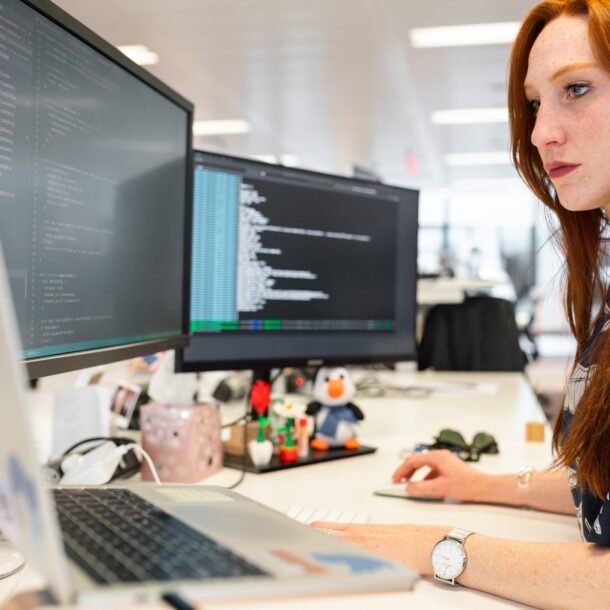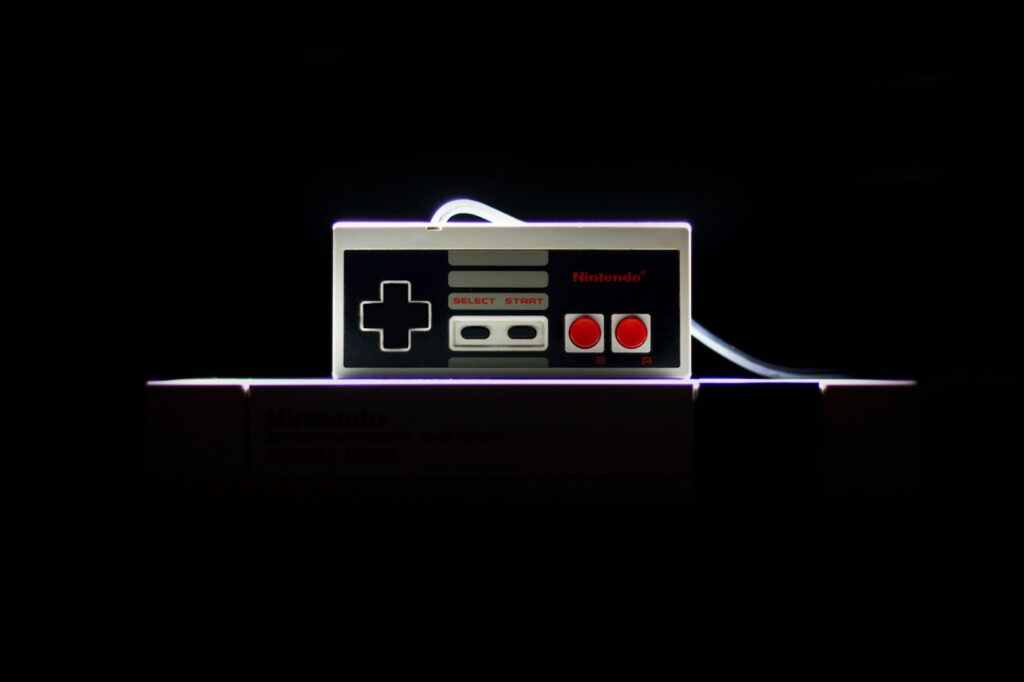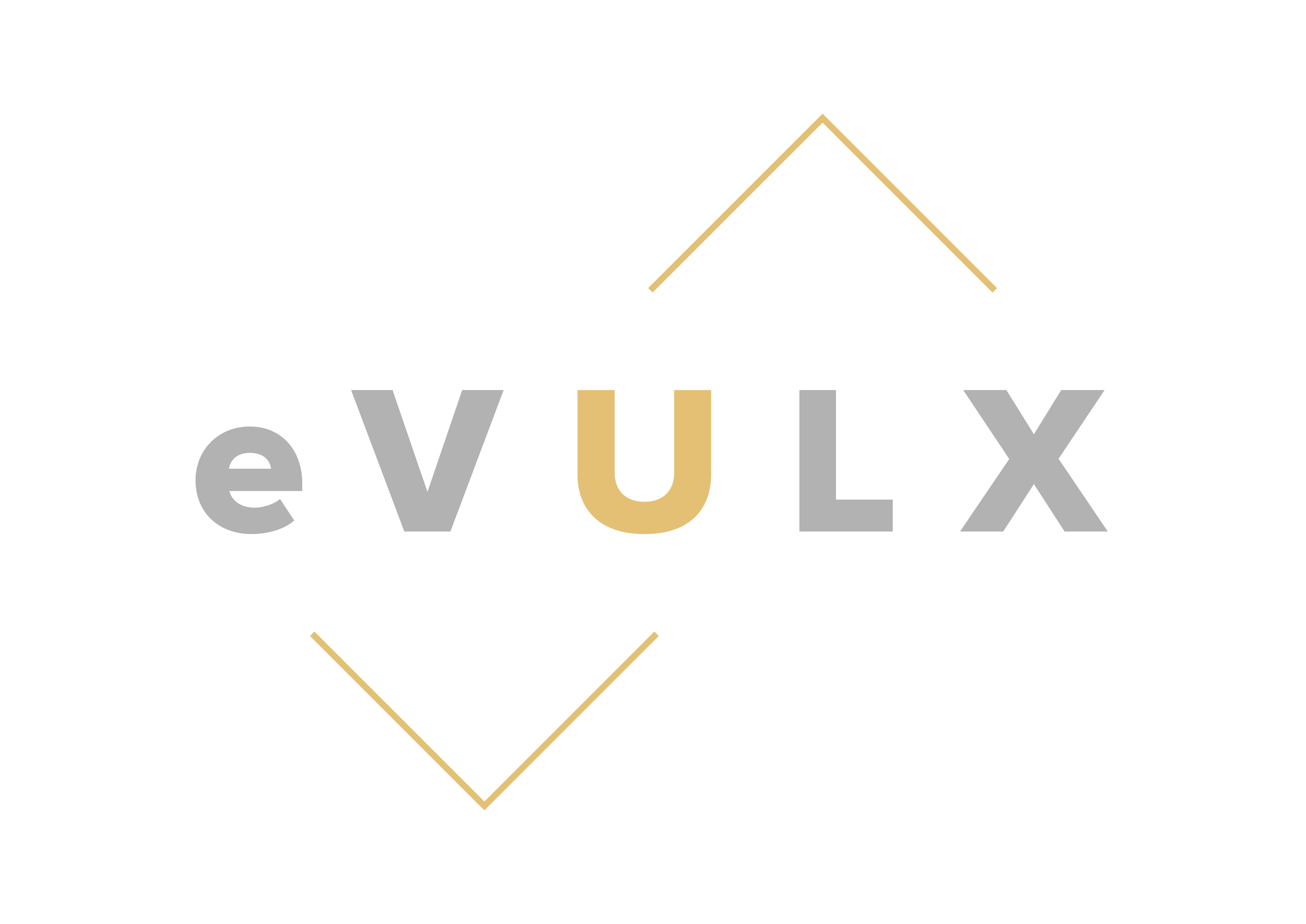
Great Gamification Examples in Blockchain and NFTs
eVULX Content Team
February 7, 2023The concept of blockchain and non-fungible tokens (NFTs) are becoming more popular year by year. Blockchain allows for a public ledger, where every data on that network is transparent. This means that every transaction is public and often stored in multiple areas on the web. The growing interest in applying blockchain technology has led to an increased interest in Gamification within blockchain and NFTs.

And Gamification is taking a process, activity or experience and applying game design principles to make it more engaging. Gamification can be used in many different areas, such as marketing, sales, education and training. Blockchain and NFTs are also getting gamified by many startups alike. The central theme is to make games fun again.
What is gamification in blockchain and NFT?
Gamification of non-fungible tokens is a unique method of earning money within a game by playing and trading. Game finance combines blockchain technology and NFTs with gaming resources to earn additional income. Users can also sell any NFTs for cryptocurrency, which then goes back into the game economy as a power-up or added reward for gameplay.
Benefits of Gamification in NFT and Blockchains:
NFTs have proven to be highly effective in design and engaging players. Traditional games have been based on the same principles for decades, but NFTs are constantly evolving and improving.
1. For Players:
The Covid-19 pandemic, which caused significant disruption to the world economy and resulted in the loss of millions of jobs, aided in the popularity of crypto gamification, making it extremely popular amongst people. And it was during this time that many business owners flocked to it to earn their daily bread.
2. Investing:
Gaming is an enjoyable activity for many people. However, the only beneficiaries were professional players who could profit from their skills. Thankfully, anyone can transform their gaming time into an investment by selling or trading their gathered assets for crypto on a game exchange platform.
3. Ownership:
Verification of ownership is essential in the world of NFTs because it helps build trust. The technology behind each NFT is called blockchain, a database that records all movement of an asset. With 100% transparency.

Gamification Examples in Blockchain and NFTs
Here are Gamification Examples in Blockchain:
Avakin Life
Avakin Life is a social game that uses blockchain technology to create a unique player experience. Avakin Life allows users to create an avatar and interact in an online virtual world filled with other players. Avakin Life also has cryptocurrency built into the game, which means you can earn and gamify using crypto tokens through playing and investing in the game, creating an element of immersiveness. Another example of a highly immersive experiential programme where your leadership is put to the test through is: eVULX insiderisk. Check it out.
Azerion is a mobile game developer that has created some popular games such as Wildscapes and Homescapes. If you’re interested in making your own NFTs or blockchain-based games, this company is worth looking into!
Azerion
Azerion is a game that allows players to create their virtual world and earn money from it. The in-game currency is Azer, which can be acquired by selling or placing items on the market or winning battles. All transactions are carried out through NFTs that are truly decentralised.
Axies
Axies is a collectible creature incubator combining digital and physical elements to provide a unique and engaging experience. Each Axie is a battle pet the owners can raise, train, and fight. The creatures are based on real-world animals like turtles and lizards.
The app provides an immersive experience for players through an interactive marketplace where users can buy or sell their Axies in exchange for NFTs or regular money. Users can also trade their Axies with friends via private messaging within the app (like Pokemon Go but with blockchain).
Axies combines gaming with collectibles by allowing players to buy rare items using NFTs for which there’s no set price—it’s all about demand! This creates an environment where supply and demand determine how much value your item has relative to others in the marketplace.
My Crypto Heroes
My Crypto Heroes is a game that has taken the world by storm. It is one of the best examples of how blockchain and NFTs can collaborate to bring players an engaging gaming experience. The game is built on the Ethereum blockchain, which means it benefits from all of the security and convenience of such a platform. The My Crypto Heroes game offers players several different activities to take part in:
- Collectible: Players can collect various characters across various categories, including warriors, animals, and dragons. Each character has its stats and abilities. You can level up your characters by using them in battle or training them at home!
- Role-Playing: Your characters grow stronger as you fight battles against other players’ armies using a turn-based combat system powered by smart contracts (think Pokémon GO). You’ll also be able to trade your heroes with other users for items like weapons or potions when you’re done playing for the day—and even earn new heroes through these trades!
CasinoFair
CasinoFair is an example of a blockchain-based gaming platform. It’s a great example of Gamification Examples in NFTs and demonstrates the power that blockchain technology can bring to the gaming industry. In addition, it shows how non-fungible tokens (NFTs) can be used in new ways to create more engaging experiences for players.
CasinoFair is one of the leading NFT casinos on Ethereum’s Mainnet network because it has been around for longer than most other sites. It was launched in 2013 as an online esports betting platform; however, since then, they have expanded its services by adding more games from different genres, including dice games, lottery-style games and casino classics like card games or slot machines
How is NFT Gamification Changing the Gaming Industry?
The gaming industry is one of the fastest-growing industries in the world. It is predicted to have a market value of $72.67 billion in 2022. The immersive games segment’s revenue in 2024 is expected at $2.4 billion.
The gaming industry is one of the most innovative, fun and fast-growing ecosystems, especially with NFTs. It allows gamers to act as a source of income for those who genuinely want to earn money while playing. Apart from traditional games, where players access their games to win them. The new Play to Earn business model allows gamers to act as a source of income for those who genuinely want to earn money while playing. There are two ways to earn in-game rewards: trading NFTs in NFT Games or getting in-game rewards.Final Thoughts
So if NFTs are a good contender, why is Gamification necessary? Gamification in blockchain will allow you to expand your imagination and vision. It can alter the dynamics of NFTs. By planning out how your NFTs will be used in the game, you’ll be able to move beyond the simplistic “coin” style mechanics. The advantages and opportunities are endless when thinking outside the box, that is, open source NFT development as a gamification mechanic.
The future looks bright for the world of blockchain-based gaming. So far, only a handful of games have taken advantage of the technology, but there’s plenty more to come upon the release of new games. The vast potential of NFTs within the game market suggests that there are more significant gains to be made in the future, which should excite gamers and investors alike. Visit eVULX for more insights on gamified solutions.
9.08 & 9.09, Block E Phileo Damansara 1,
9, Jalan 16/11, 46350 Petaling Jaya, Selangor
Telephone: +60122254456
Email: [email protected]
(202001021557) (1377877-X)
All Rights Reserved




